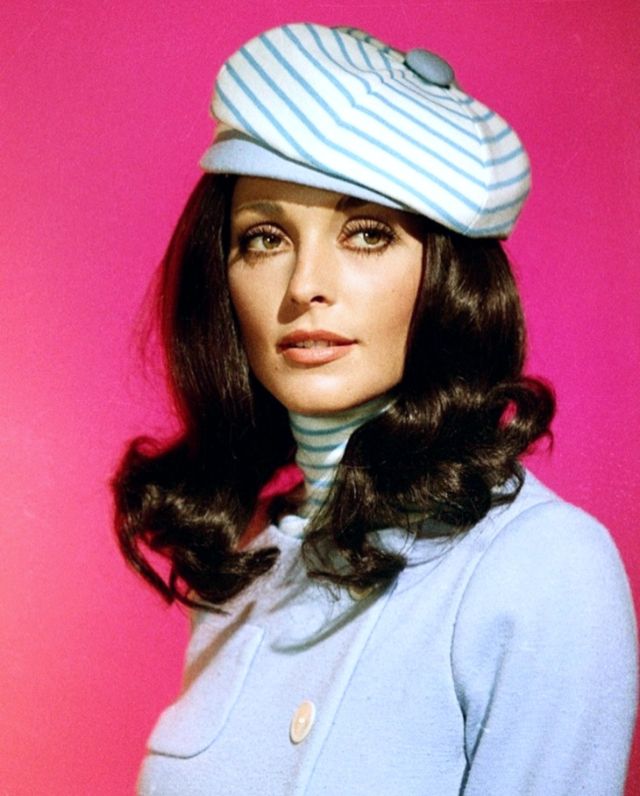In August 1992, Yasmeen Ghauri graced the pages of Vogue Italia with an editorial titled “Cartoon,” shot by renowned photographer Albert Watson. This shoot, which also featured supermodels like Rebecca Romijn, Nadja Auermann, Helena Christensen, Linda Evangelista, Stephanie Roberts, and Elaine Irwin, became one of the most iconic fashion spreads of the 1990s. The models were styled in bold, graphic clothing, with exaggerated proportions that called to mind the playful and whimsical aesthetic of cartoons. Watson’s sharp lens captured not only the striking beauty of these models but also the edgy, avant-garde spirit of fashion in the early 1990s.
The early 1990s marked a defining moment in fashion history, as the supermodel era reached its peak. Models like Ghauri, Evangelista, and Christensen became household names, commanding unprecedented attention in both high fashion and mainstream culture. This period saw a blending of high couture with streetwear influences, creating a more relaxed yet still luxurious look. The editorial in Vogue Italia was emblematic of this fusion, as the models' fierce expressions and commanding poses contrasted with the fun, irreverent styling choices, such as oversized jackets, bold prints, and geometric patterns.
The early 1990s marked a defining moment in fashion history, as the supermodel era reached its peak. Models like Ghauri, Evangelista, and Christensen became household names, commanding unprecedented attention in both high fashion and mainstream culture. This period saw a blending of high couture with streetwear influences, creating a more relaxed yet still luxurious look. The editorial in Vogue Italia was emblematic of this fusion, as the models' fierce expressions and commanding poses contrasted with the fun, irreverent styling choices, such as oversized jackets, bold prints, and geometric patterns.
Yasmeen Ghauri, who was of Pakistani and Canadian descent, was a trailblazer for diversity in the fashion industry during the early 1990s. Her appearance in such a high-profile editorial marked her ascent as one of the top models of the decade. As a muse for both designers and photographers, Ghauri’s work in iconic editorials like this one remains a testament to the power and influence of the 1990s fashion scene, which continues to inspire today’s designers and photographers. The “Cartoon” spread is an example of how fashion can merge art, culture, and humor to create timeless visual statements.

























































.jpg)




